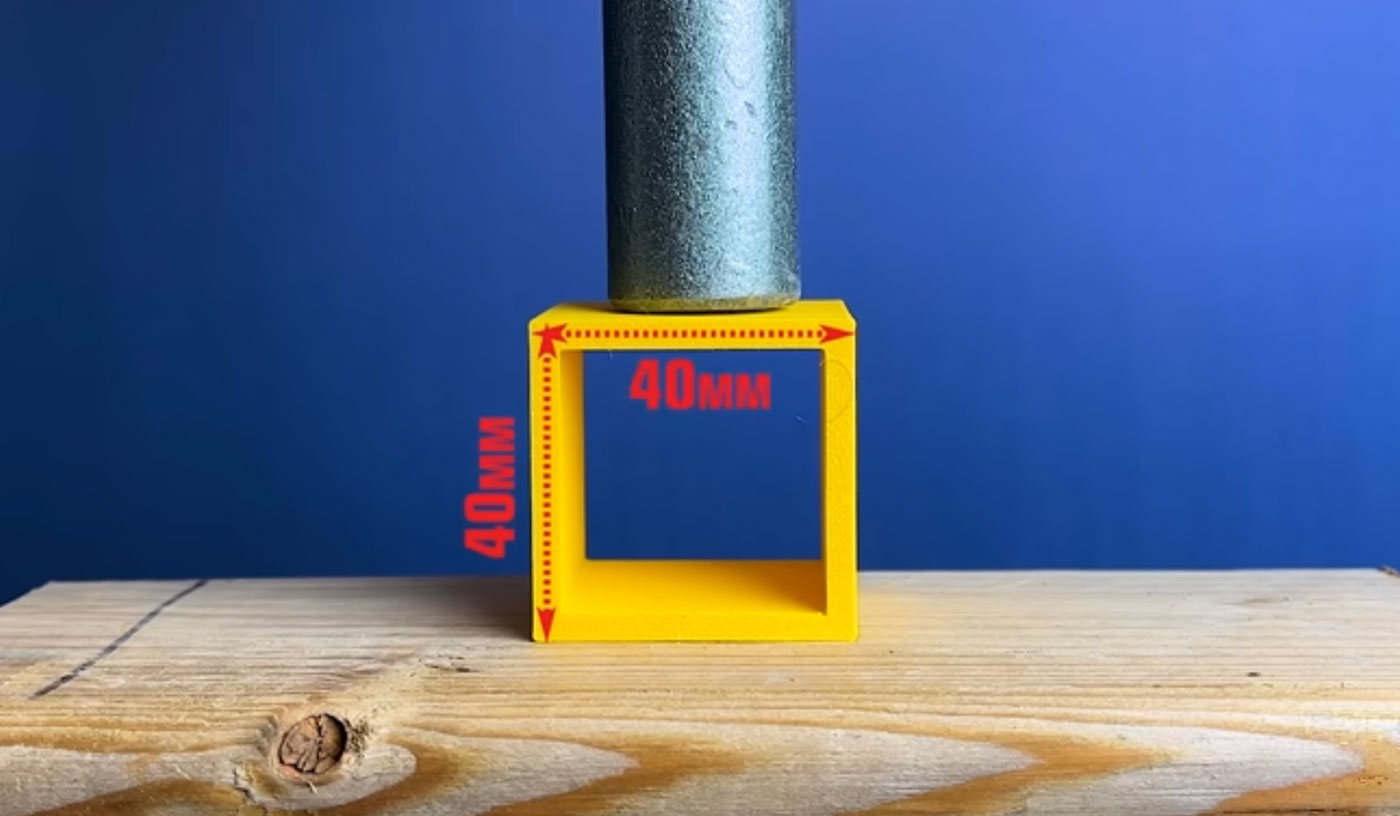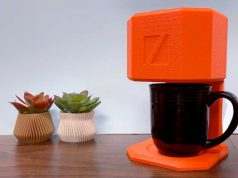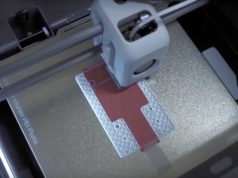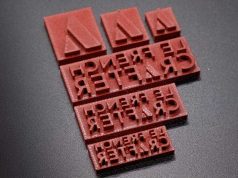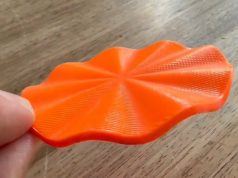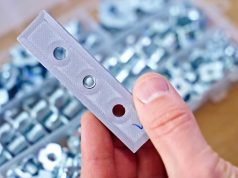The US company Slant 3D tested the stability of 3D-printed cubes of different thicknesses in a YouTube video. The results were astonishing: even thin plastic walls can withstand surprisingly high forces.
For the test, a 40-millimetre cube with varying wall thicknesses of between 1 and 5 millimetres was printed. The makers then subjected them to increasing force until the structure failed. Without a filling structure inside, the cubes served as a self-supporting support structure.
The cube with a wall thickness of 1 millimeter already withstood 70 pounds (approx. 32 kg) / 306 newtons – the weight of a larger dog. At 2 millimeters, it was already 1706 Newtons, which is roughly equivalent to a quad (178 kilograms). With the 3 millimeter thick wall it was 3062 Newtons (approx. 312 kg) and the 4 millimeter wall 4312 Newtons. Finally, the 5 millimeter thick wall withstood the maximum load of the test device of over 6000 Newtons – comparable to a whirlpool filled to the brim.
According to Slant 3D, however, printed components often become considerably stronger when filling structures are created inside. These acted like additional struts and arches in a bridge construction.
Subscribe to our Newsletter
3DPResso is a weekly newsletter that links to the most exciting global stories from the 3D printing and additive manufacturing industry.



